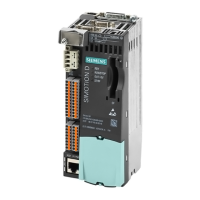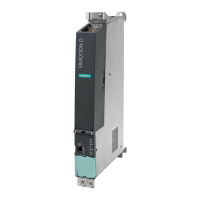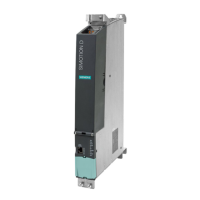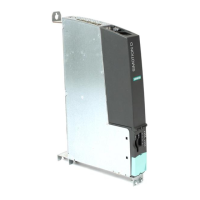6. Enter
the required addresses in the "IP address" and "Subnet mask" fields of the "Properties
- Ethernet interface" dialog. In the "Gateway" field, select whether or not you wish to use a
router and, if you do, enter the router address. Confirm with "OK".
7. Close the "Properties" dialog by clicking "OK".
8. Save and compile the modified hardware configuration.
9. Download the new hardware configuration on PROFINET to your SIMOTION D410.
4.4.3 Setting the send cycles and system clocks
Prerequisite
The SIMOTION system clocks (servo/IPO/IPO2) are based on the SINAMICS Integrated DP
cycle or the PROFINET send cycle, depending on the PROFINET real-time class and the type
of data transfer. The cycle clock source can be generated "internally" by the SIMOTION D410;
otherwise, it is obtained "externally" from the clock signals received at the PROFINET
interface.
Table 4-3 Basis for the SIMOTION system clocks/cycle clock source
Real-time class in which the
PROFINET interface is
operated
Data transfer Basis for the SIMOTION system
clocks
Cycle clock source
DP cycle
(Integrated)
PROFINET
send cycle
1)
RT communication X Internal
IRT communication The D410 is the SYNC master
in the I/O system;
synchronized
data traffic takes
place
2)
X Internal
The D410 is the SYNC slave in
the I/O system; synchronized
data traffic takes place
2)
X External
Internal
(as substitute value)
No synchronized data traffic
2)
X Internal
1)
If the PROFINET send cycle forms the basis for the SIMOTION system clocks, the SINAMICS Integrated DP cycle and
the servo cycle are equal.
2)
Synchronized data traffic, e.g. by means of:
- Controller-controller slave-to-slave communication
- I/O device in separate I/O system
Parameter assignment / addressing
4.4 Configuring PROFINET (only for D410 PN)
SIMOTION D410
70 Commissioning Manual, 04/2014
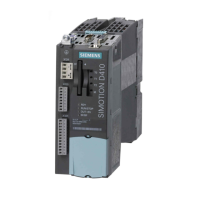
